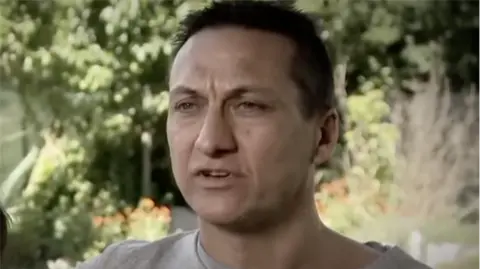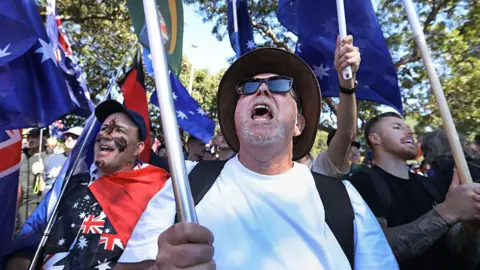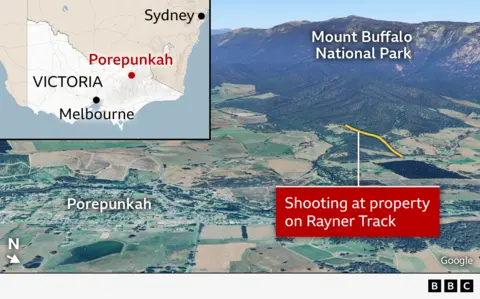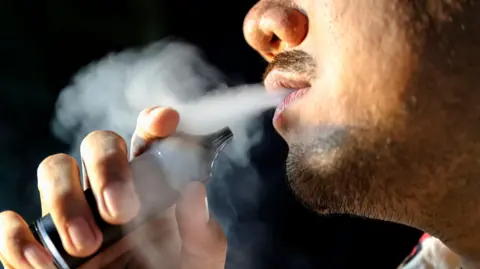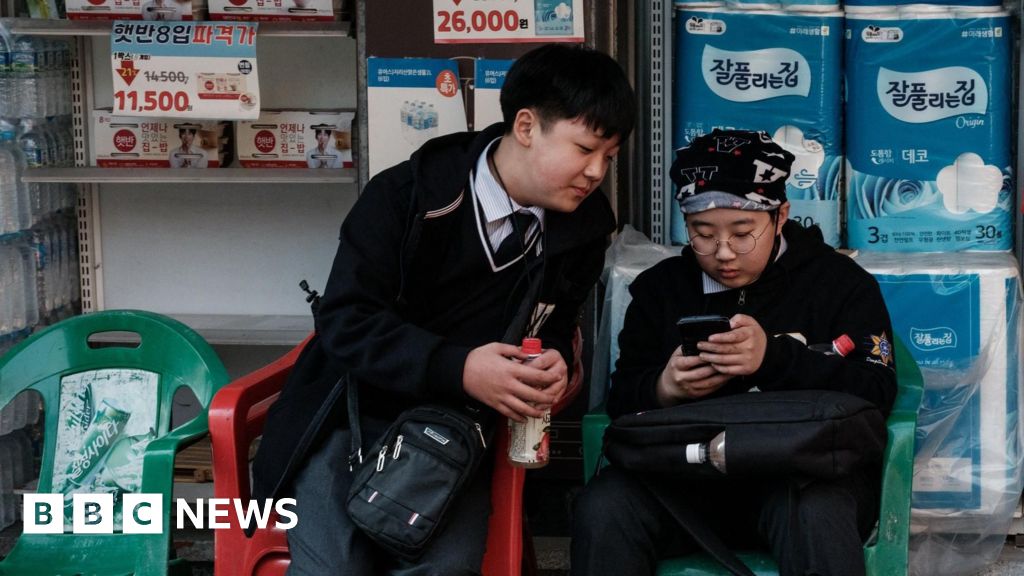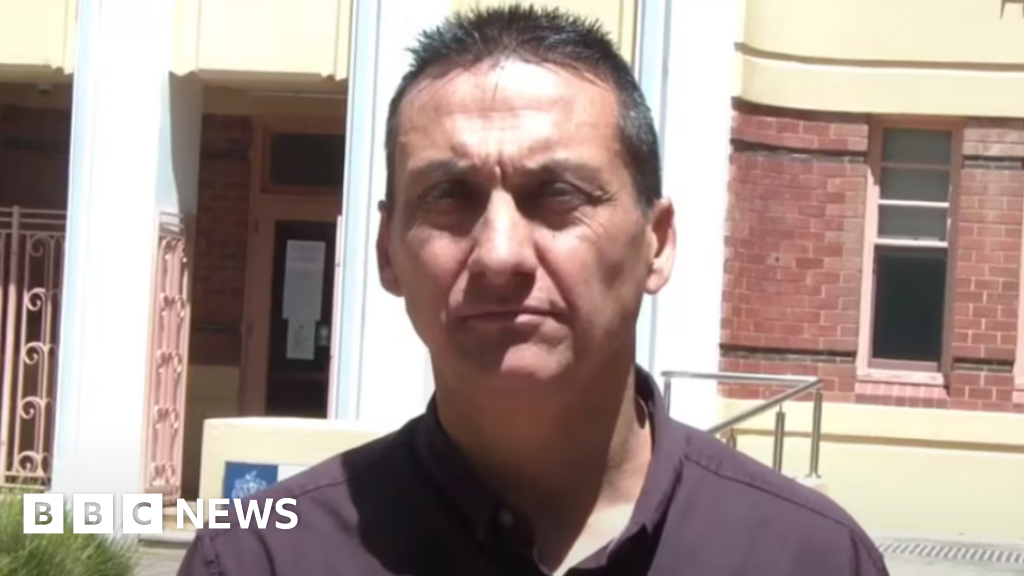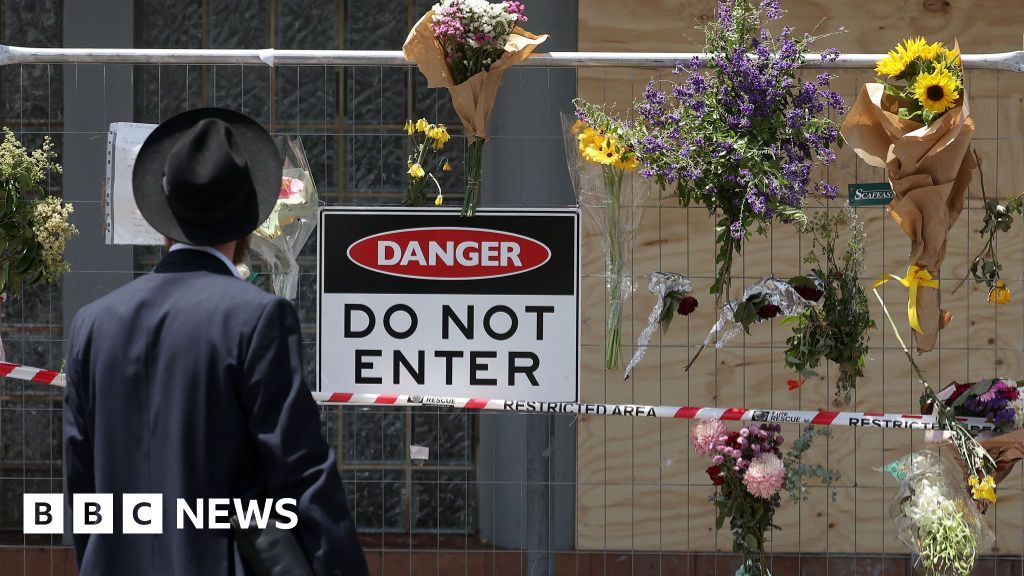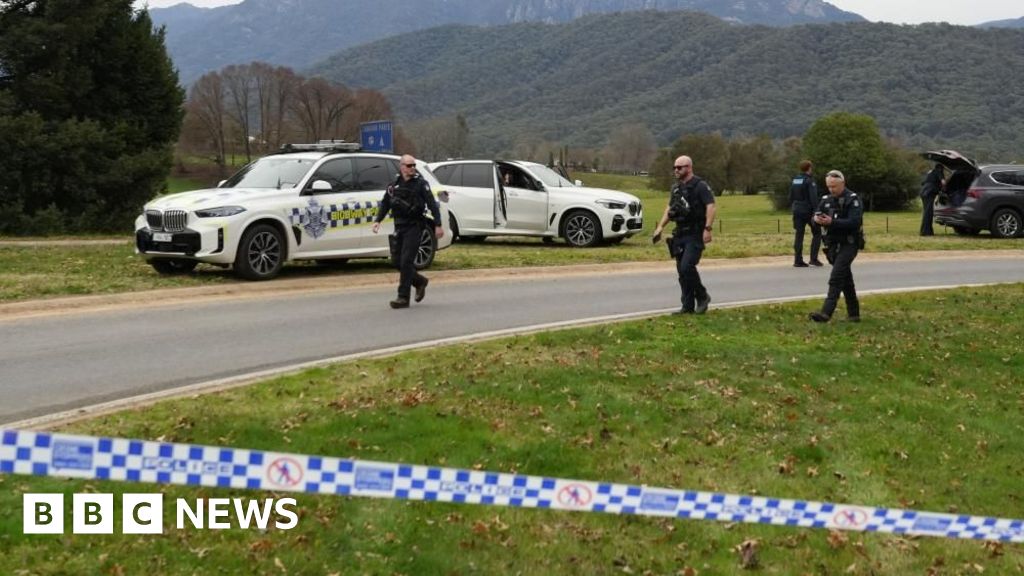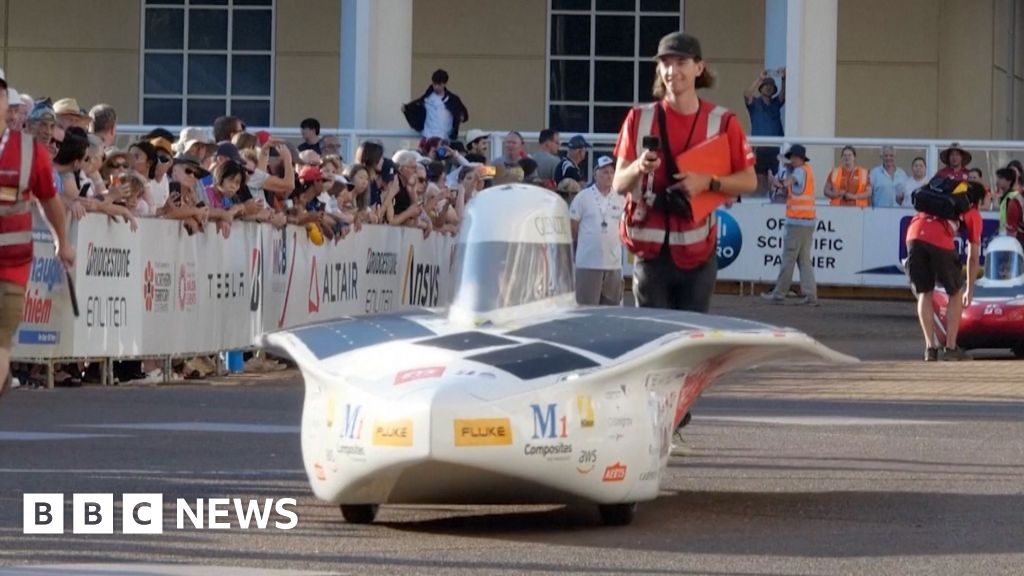School-age children in Australia are experiencing a notable reduction in vaping, signaling potential success in public health initiatives aimed at combating nicotine addiction. This trend follows a government mandate introduced in July 2024 prohibiting the sale of single-use vapes.
According to the latest figures from a nationwide study called Generation Vape, the percentage of 14 to 17-year-olds who reported vaping fell from 17.5% at the start of the year to 14.6% by April. Moreover, the study noted a more than one-third decrease in vaping rates for individuals aged 15 and older. Australian Health Minister Mark Butler credited this decline to effective education and prevention campaigns designed to discourage vaping among the youth and assist those looking to quit.
The legislation, which came into effect in July, prohibits the manufacture, import, advertisement, and supply of disposable vapes, alongside enforcing stricter rules on nicotine vapes that can now only be procured with a pharmacy prescription. However, concerns remain surrounding the persistent black market for nicotine vapes, which has been a significant issue for several years.
Similar actions against disposable vapes have been taken in the UK, reflecting a broader trend aimed at curbing youth vaping. While vapes are often viewed as less harmful than traditional cigarettes due to the absence of tobacco, health experts caution that they are not without risks and the long-term health implications of vaping remain largely unknown.
Youth uptake of vaping has raised alarm bells among Australian officials, who fear the emergence of a new generation of nicotine-dependent individuals. The Generation Vape survey further revealed that 85.4% of participants from approximately 3,000 individuals aged 14 to 17 had never tried vaping, with a significant decrease in curiosity toward the practice noted.
Despite this progress, some studies indicate that tobacconists and vape shops still serve as primary sources for vape purchases among teens, raising concerns about enforcement of the new laws. Minister Butler expressed optimism, asserting that Australia has likely moved past the peak levels of youth vaping addiction. However, he acknowledged the continuing challenges posed by both vaping and illicit tobacco use, linking smoking to over 24,000 preventable deaths yearly in Australia.
Overall, as attitudes towards vaping shift among the youth and government initiatives begin to show results, the nation remains engaged in a critical battle against nicotine addiction.
According to the latest figures from a nationwide study called Generation Vape, the percentage of 14 to 17-year-olds who reported vaping fell from 17.5% at the start of the year to 14.6% by April. Moreover, the study noted a more than one-third decrease in vaping rates for individuals aged 15 and older. Australian Health Minister Mark Butler credited this decline to effective education and prevention campaigns designed to discourage vaping among the youth and assist those looking to quit.
The legislation, which came into effect in July, prohibits the manufacture, import, advertisement, and supply of disposable vapes, alongside enforcing stricter rules on nicotine vapes that can now only be procured with a pharmacy prescription. However, concerns remain surrounding the persistent black market for nicotine vapes, which has been a significant issue for several years.
Similar actions against disposable vapes have been taken in the UK, reflecting a broader trend aimed at curbing youth vaping. While vapes are often viewed as less harmful than traditional cigarettes due to the absence of tobacco, health experts caution that they are not without risks and the long-term health implications of vaping remain largely unknown.
Youth uptake of vaping has raised alarm bells among Australian officials, who fear the emergence of a new generation of nicotine-dependent individuals. The Generation Vape survey further revealed that 85.4% of participants from approximately 3,000 individuals aged 14 to 17 had never tried vaping, with a significant decrease in curiosity toward the practice noted.
Despite this progress, some studies indicate that tobacconists and vape shops still serve as primary sources for vape purchases among teens, raising concerns about enforcement of the new laws. Minister Butler expressed optimism, asserting that Australia has likely moved past the peak levels of youth vaping addiction. However, he acknowledged the continuing challenges posed by both vaping and illicit tobacco use, linking smoking to over 24,000 preventable deaths yearly in Australia.
Overall, as attitudes towards vaping shift among the youth and government initiatives begin to show results, the nation remains engaged in a critical battle against nicotine addiction.







